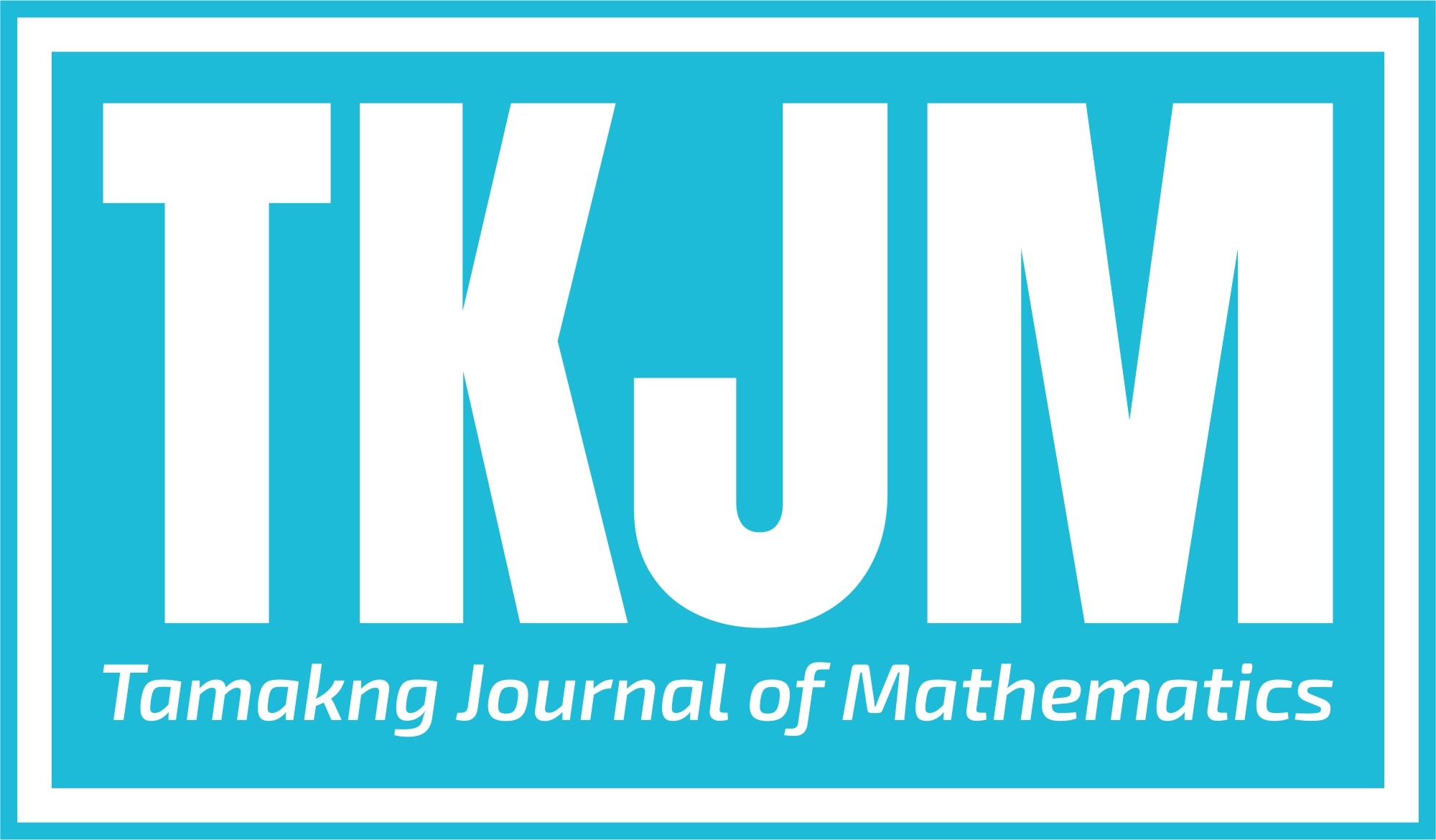PRIME NONASSOCIATIVE RINGS WITH SKEW DERIVATIONS
Main Article Content
Abstract
Let $R$ be a prime nonassociative ring, $G$ the nucleus of $R$ and $s$, $t$ be automorphisms of $R$.
(I) Suppose that $\delta$ is an $s$-derivation of $R$ such that $s\delta=\delta s$ and $\lambda$ is an $t$-derivation of $R$. If $\lambda\delta^n=0$ and $\delta^n(R)\subset G$, where $n$ is a fixed positive integer, then $\lambda=0$ or $\delta^{3n-1}=0$.
(II) Assume that $\delta$ and $\lambda$ are derivations of $R$. If there exists a fixed positive integer $n$ such that $\lambda^n\delta=0$, and $\delta(R)\subset G$ or $\lambda^n(R)\subset G$, then $\delta^2= 0$ or $\lambda^{6n-4}= 0$.
Article Details

This work is licensed under a Creative Commons Attribution-NonCommercial-ShareAlike 4.0 International License.
References
L. O. Chung and J. Luh, "Nilpotency of derivations II", Proc. Amer. Math. Soc., 91(1984), 357-358.
D. W. Jensen "Nilpotency of derivations in prime rings", Proc. Amer. Math. Soc., 123(1995), 2633-2636.
E. C. Posner, "Derivations in prime rings", Proc. Amer. Math. Soc., 8(1957), 1093-1100.
C. T. Yen "Prime ring with a derivation whose some power image is contained in the nucleus", Soochow J. Math., 21(1995), 475-478.
C. T. Yen, Nonassociative rings with skew derivations and rings with associators in the nuclei, Ph. D. thesis, Taiwan University, 1995.
